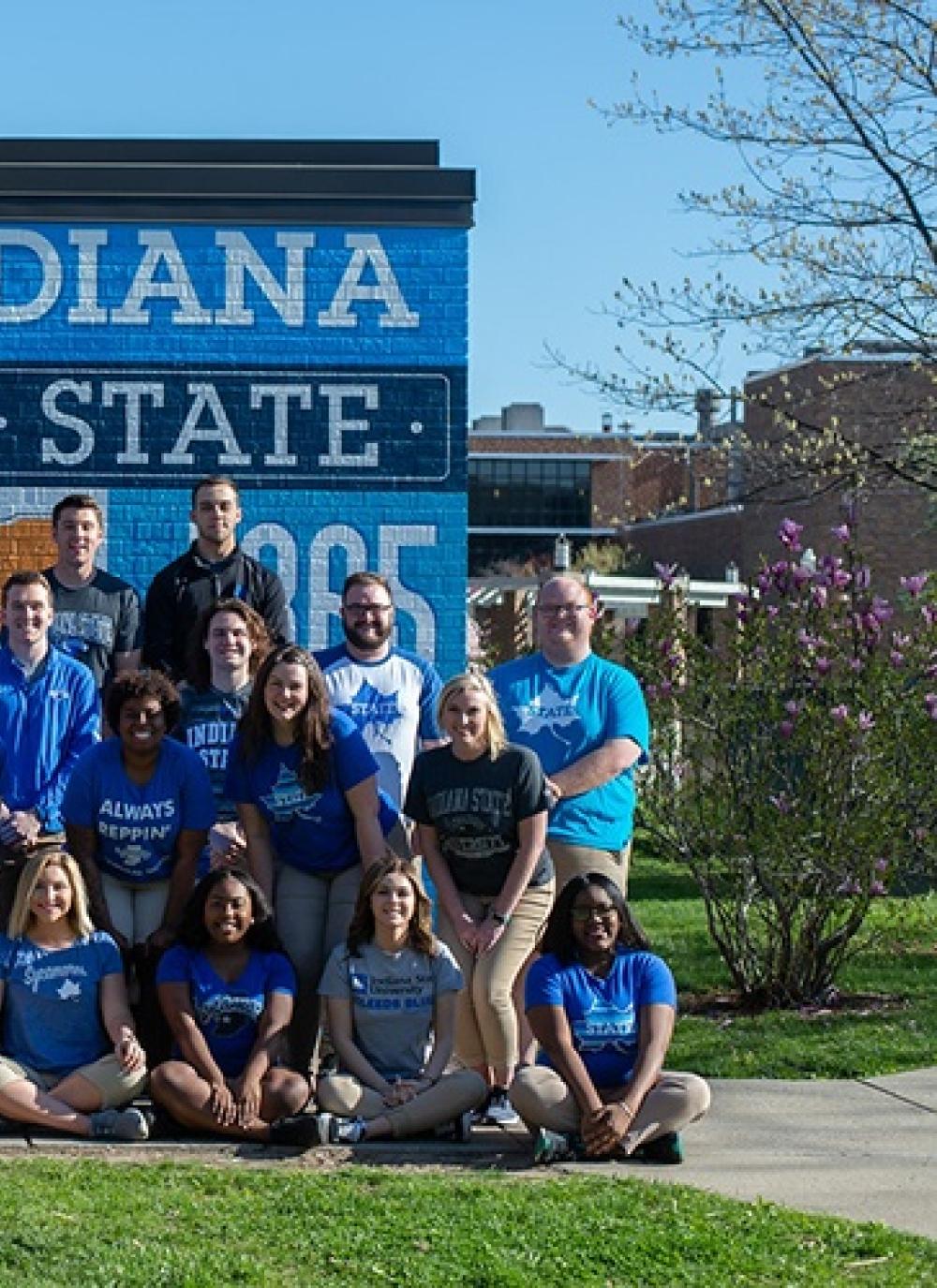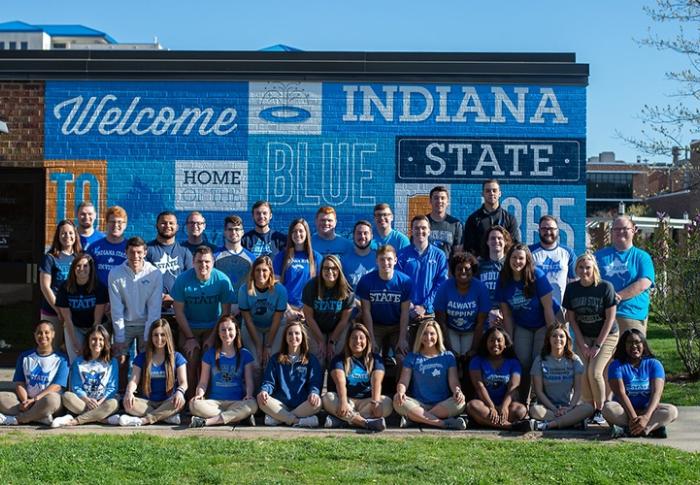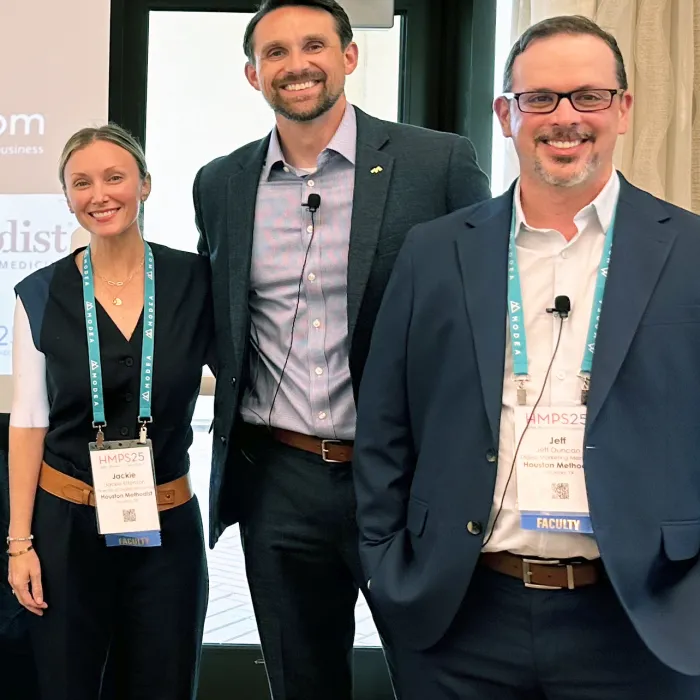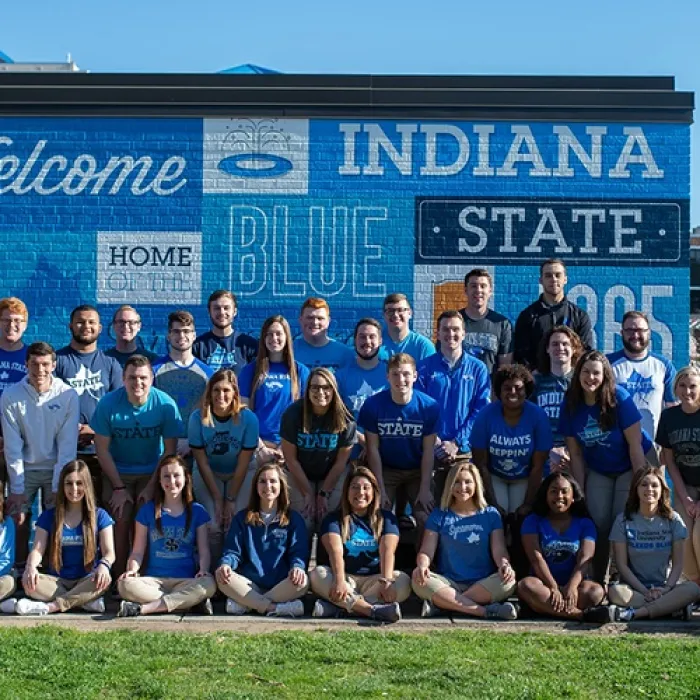The Challenge
Indiana State University faced rising competition and a 12% drop in yield rate
It’s no secret that technology has disrupted nearly all industries, and higher education is no exception. The internet, social media and mobile devices now impact the way students research schools and submit applications.
The Outcomes
Reversing a 12% yield drop in one year with significant enrollment gains
17%
increase in freshman applications
increase in freshman applications
12%
increase in new freshman enrollment
increase in new freshman enrollment
8%
increase in new student orientation attendance
increase in new student orientation attendance
5%
increase in key prospect segment yield rate
increase in key prospect segment yield rate
17%
increase in freshman applications
increase in freshman applications
12%
increase in new freshman enrollment
increase in new freshman enrollment
8%
increase in new student orientation attendance
increase in new student orientation attendance
5%
increase in key prospect segment yield rate
increase in key prospect segment yield rate
Personalization, collaboration and differentiation: top takeaways
Yield is a key metric for higher education marketing and admissions departments. However, from 2001 to 2017, yield rates at four-year public and private institutions decreased by 36%.
Causes of this decline include:
- Streamlined applications processes allow prospective students to apply to multiple universities at once, diversifying their choices
- From 2016 to 2017, first year applications for Fall semester rose 20%
- 510,912 unique applicants submitted just over 1.5 million applications
- More than 800 institutions leverage The Common application alone
- The student experience has evolved
- Prospective students are taking ownership of the research process
- More than half of students use their smart phones to research schools
- Universities have been slow to move from more to better in terms of how success is measured
- Understanding how to find, attract, and convert students who yield is more important than increasing impressions, clicks, and applications
To attract more ideal students, it’s critical you ask the right questions while considering the evolution of student expectations. Prospective students are concerned with more than academic prestige, and, as a marketing or recruitment leader, you must learn to combine standard data points with unique student behaviors and interests to expand recruitment efforts.
Indiana State University and Fathom partnered to not only ask but answer these important questions by leveraging data to drive strategy. By combining standard data points like GPA and geography with variables such as online and offline behavior, inferred interests, and insights from qualitative research, powerful composites emerged.
These composites, or audience segments, allowed for a deep understanding of the prospective student experience from their sophomore year of high school through enrollment. For Indiana State University, messaging was personalized across channels to reach prospective students with information that mattered to them. Resources were allocated where they could make the most impact with confidence.
Within one year of seeing a 12% drop in yield rate, this strategy resulted in:
- 17% increase in freshman applications
- 8% increase in new student orientation attendance
- 5% increase in key prospect segment yield rate
- 12% increase in new freshman enrollment
Fostering a student-first mindset to increase yield
As marketing becomes more accountable for yield, you must harness the data available to move beyond more and arrive at better.
Our experts have helped solve the yield challenge with a variety of universities by digging into what makes their prospective student pool unique, and we work with universities every day to build and execute strategies that remove points of friction and increase yield for the key segments identified.
We love having conversations with marketing and admissions leaders about the unique challenges they face around yield. If you’re interested in moving from more to better at your university, reach out.





